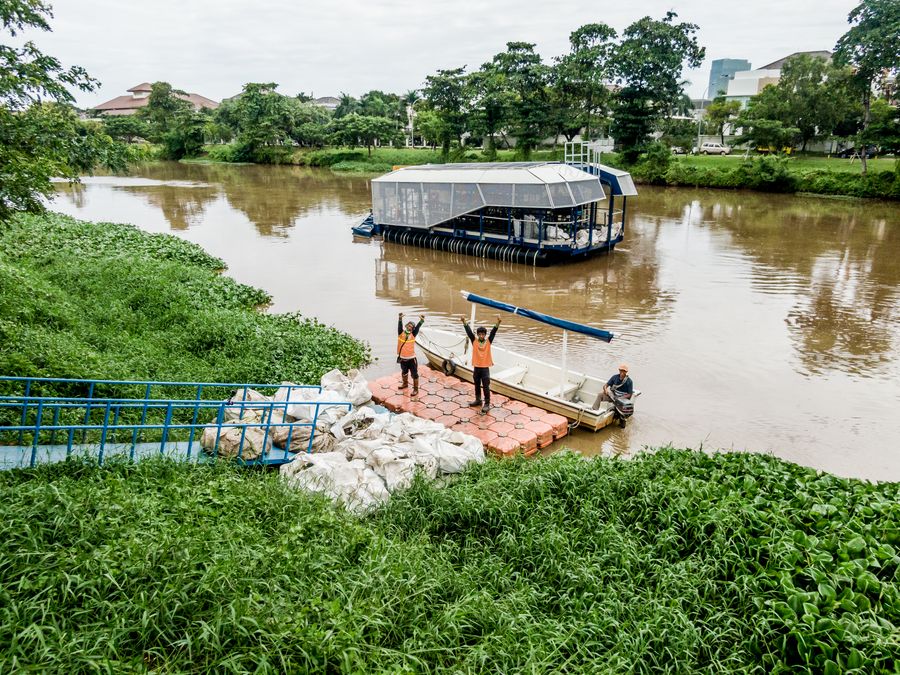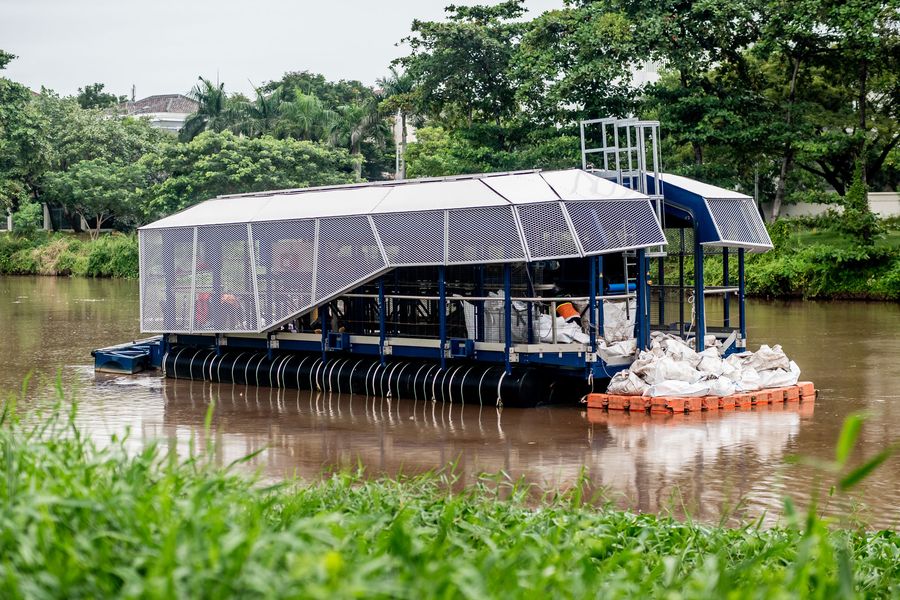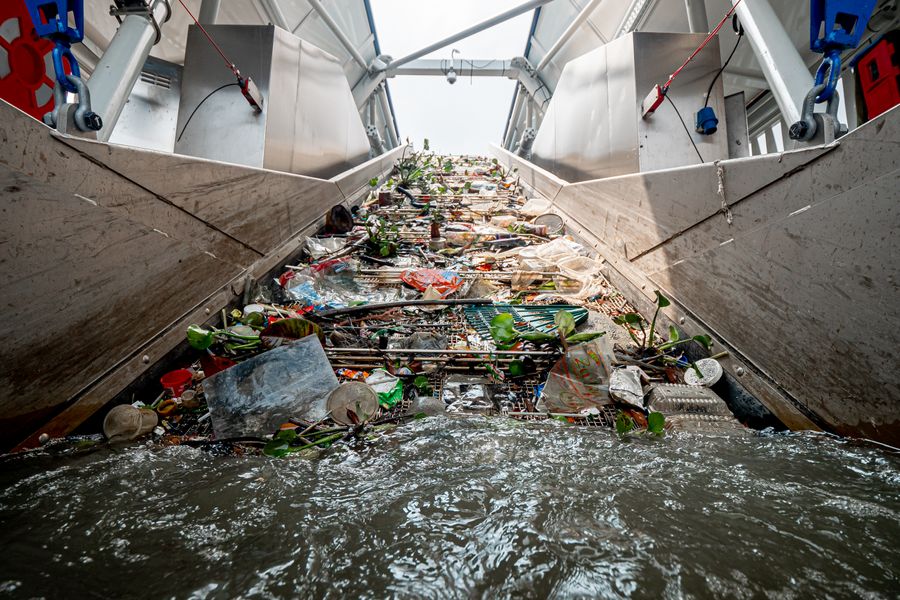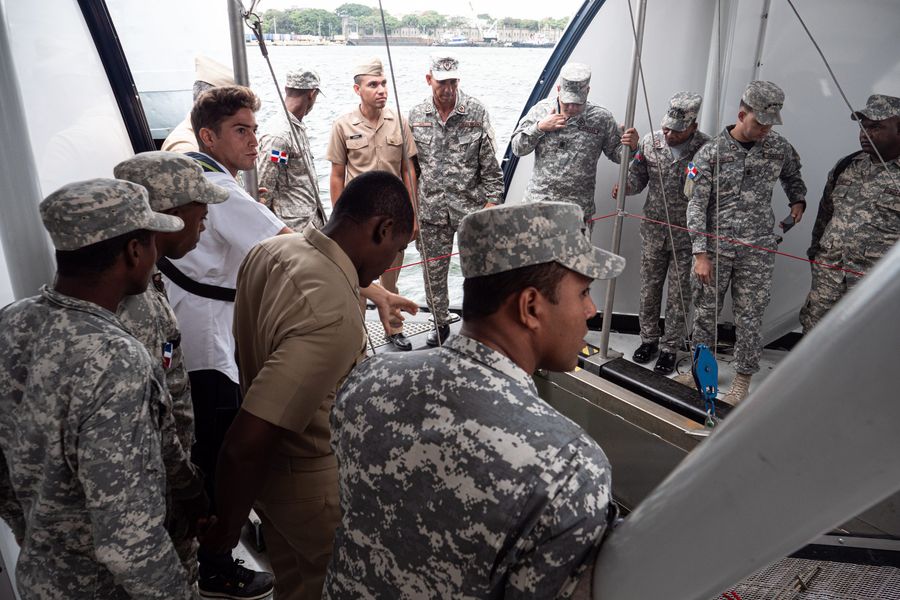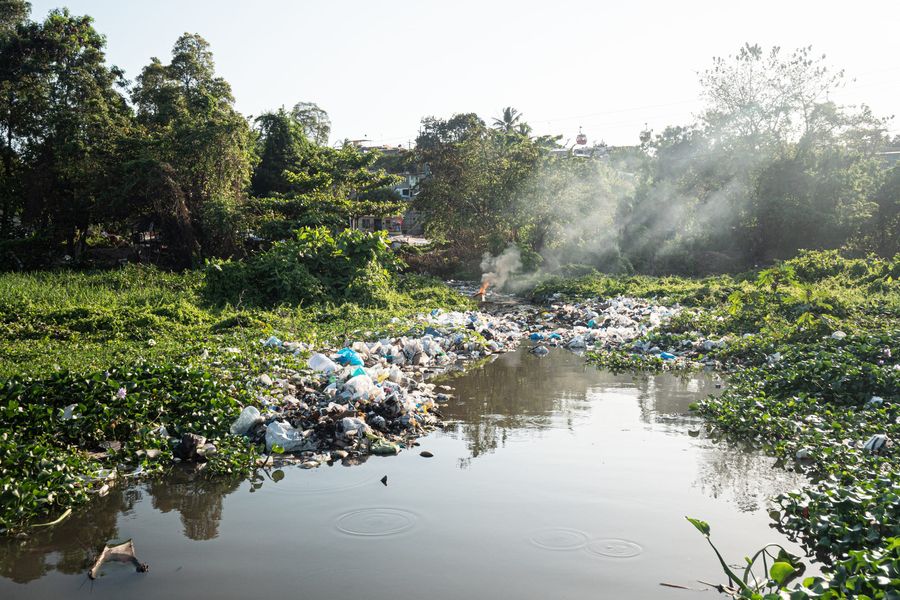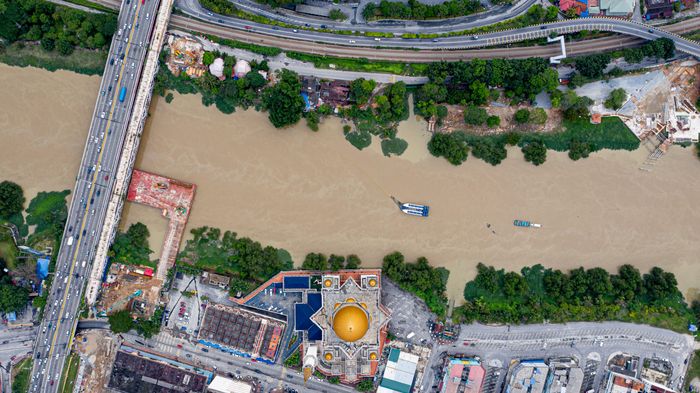
What Happens to the Extracted River Waste?
Back to updates- By launching the Interceptor, we have reaffirmed our commitment to truly rid the world’s oceans from plastic and close the tap; leading to the obvious question of what we will do with the captured waste.
- There are many challenges to disposing of the waste as facilities and waste diversity vary from country to country; therefore, we implement solutions, in collaboration with partners and governments, according to the current and future waste management capacities of each deployment location.
- We continue to investigate solutions to properly treat and dispose of the collected plastic waste in ways that are environmentally sound, affordable, and compliant with local regulations. Recycling of plastic is preferred, and technical feasibility is being assessed.
- Interceptors in operation are helping us to further improve how we approach the disposal of collected waste while also encouraging local stakeholders to address overall waste management practices and infrastructure.
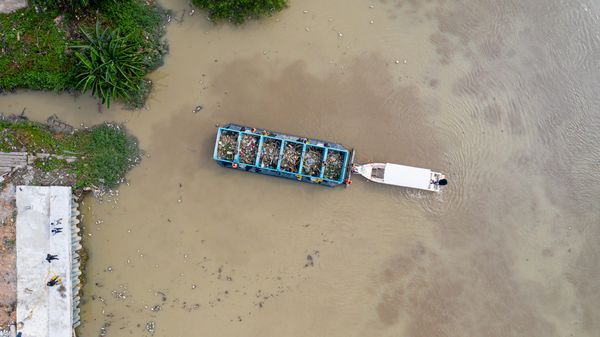
Subsequent to the launch of the Interceptor at the end of 2019, we have received an overwhelmingly positive response from people who have contacted us and, naturally, they are curious about various aspects of the projects and outcomes. One logical question we’ve received is: What happens to the plastic waste that the Interceptors remove from rivers?
The short answer: we are and will work with local partners with the aim of ensuring no waste returns to the environment.
The long answer is not as straightforward and multi-faceted: we are building relationships with partners from the communities where Interceptors are placed. With these local, as well as global, partners we look for solutions that, first and foremost, preserve the environment, are affordable, and are compliant with local regulations. Preferably, these solutions will involve recycling as much as technically feasible and will follow international standards.
The challenge lies with the fact that waste composition, management practices, and facilities vary considerably across the locations of the 1000 rivers we are aiming to address.
THE COMPLEXITY OF RIVER WASTE MANAGEMENT
One challenge of river waste management is the diversity of what the Interceptor collects and how much it varies from country to country. The debris we recover from rivers is not like the waste we remove from the oceans. In the ocean gyres, the vast majority of what we collect is hard polyethylene (PE) or polypropylene (PP), or derelict fishing gear (nets and ropes particularly). Over 99% in weight of what we encounter in the ocean garbage patches is … plastic. There is very little organic matter compared to the amount of plastic.
In rivers, Interceptors collect not only plastic but organic and other materials that end up in waterways. Organics refer to wood, vegetation, wasted food and animal carcasses. One plant type we regularly find amid the collected debris is the water hyacinth. An invasive species, these plants can clog rivers and are considered a pest in rivers around the world.
“Other materials” are everything else that floats, from furniture and mattresses to teddy bears, refrigerators, and car tires. Plastics, which make up a significant amount of the waste in the rivers we want to tackle (hence the reason for deploying the Interceptor), include bottles of different plastic composition, Styrofoam, and an array of other hard and soft plastics, often with different types of plastic combined into a product, like diapers. Since the debris types and composition vary in the rivers where we deploy Interceptors, we are continually studying what we collect to determine recycling feasibility.
While waste heterogeneity is one of our challenges – finding suitable waste management facilities and practices to handle intercepted waste is another. Disposal of river waste is carried out in many ways worldwide, depending on the resources and maturity of waste management systems in place. Therefore, when we look to implement an Interceptor, we must assess each individual location for the best options, while staying rooted in our core values.
CURRENT SOLUTIONS IN PRACTICE
Our waste management team is continuously developing a roadmap on how to approach the complexity of collected river waste. The aim is for all waste management solutions to be environmentally, socially, and financially sustainable solutions and finding the best course of action based on local capabilities. In Jakarta, Indonesia and Klang, Malaysia, our operators are working with already existing municipal solid waste management plans and logistics. This means that they handle the extracted waste according to current local practices. Separation of the waste is already taking place, and we are looking to enact recycling in the future.
On the other hand, in some cases, there aren’t viable waste management facilities – such as in Santo Domingo, the Dominican Republic; therefore, we are taking a phased approach, starting with cleanup and studying the waste flowing through the river, working with experts on assessing feasible alternative solutions, then collaborating with the government and local partners to implement the improved scenarios that are appropriate for the extracted material.
By establishing The Ocean Cleanup solution in rivers, local stakeholders are taking initiative to enhance the infrastructure supporting these new activities and, as a result, improving the overall waste management of the region. In every situation, we are learning more about our technology in real-time use, the waste itself, and waste management practices. This helps not only us to adapt our technology as we move forward, but it also provides insights to local stakeholders on the best way(s) to approach the problem. All of which helps us to our (collective) end goal of stemming the flow of plastic into our oceans.


